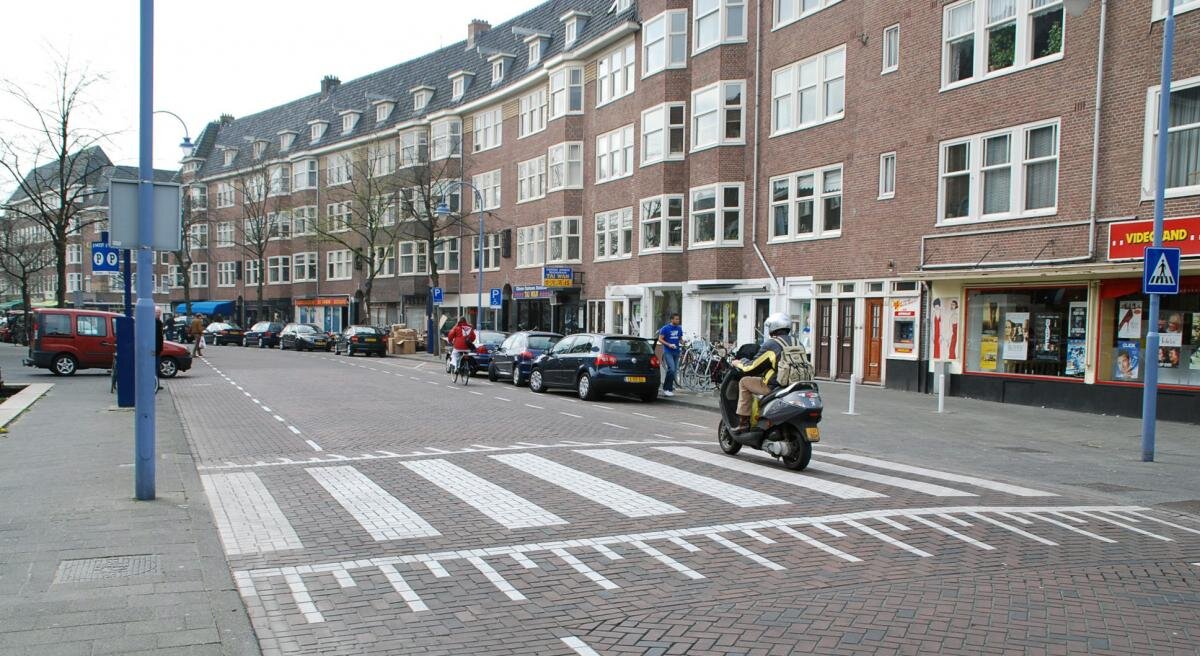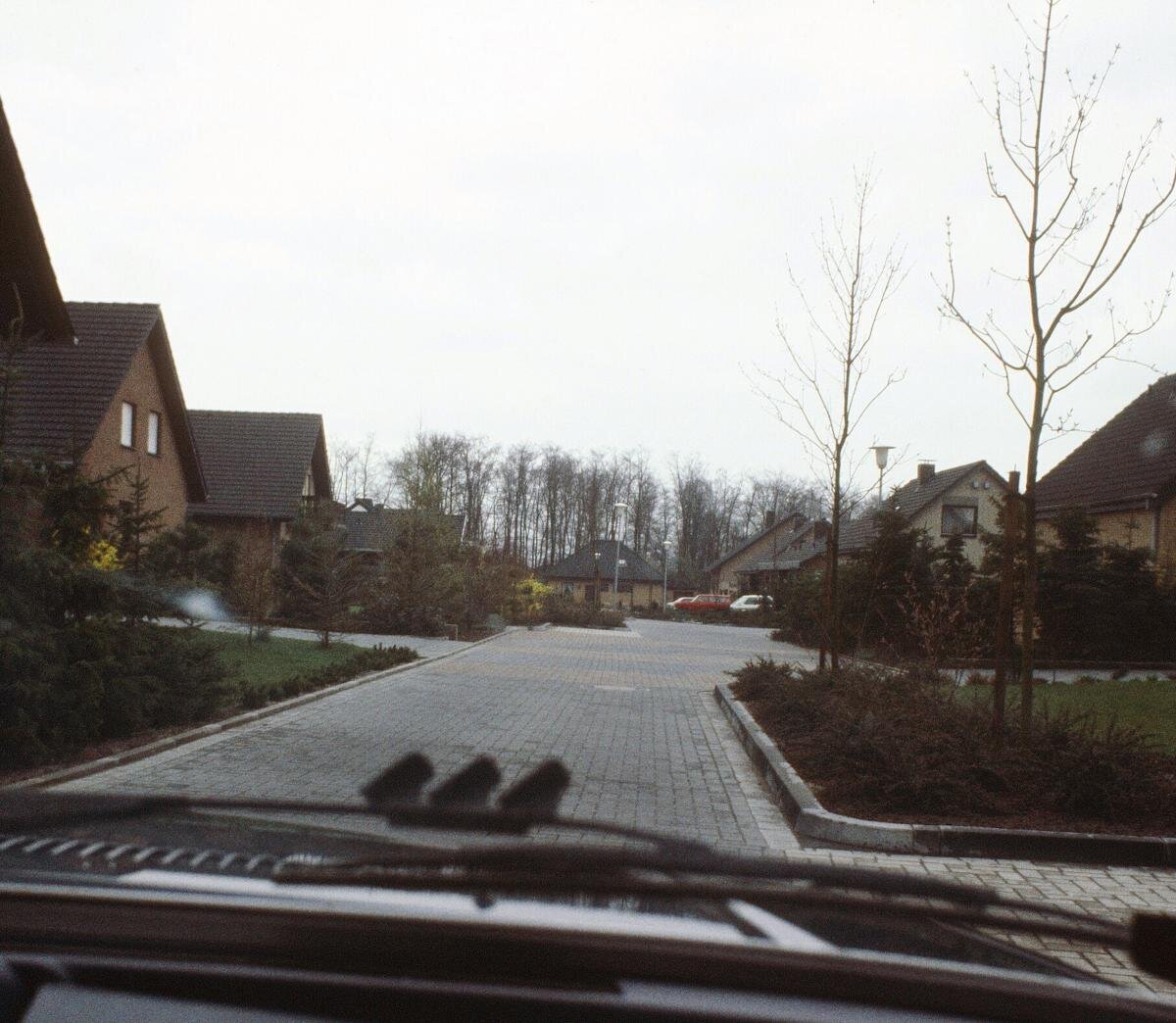Relaxing Traffic
By David Smith, ICPI Technical Director
Just about every urban center in Canada and the U.S. is jammed with traffic, especially during morning and evening rush hour (or rush hours in bigger cities). Regardless of the city size, there consistently seems to be more cars and trucks than pavement to move them. It’s certainly not relaxing traffic for the drivers stuck in it.
Because they are just about the lowest density urban land use, residential areas don’t see many traffic jams. Thanks to spread out land use, residential traffic isn’t quite as hectic. While it’s not relaxing, at least it moves, even during rush hour.
Whether low or high density, residential areas are a rising source of complaints about near misses, car crashes, plus cyclist and pedestrian accidents. Vehicular traffic needs to relax, be calmed and be mindful of non-vehicular users.
There are a variety of tools and designs to calm traffic. They range from the ubiquitous (and cheap) stop sign to more visible designs that extend curbs to narrow intersections and slow traffic. Radical road remedies reduce flows and reclaim space for bus lanes, pedestrian refuge islands, bike lanes, sidewalks, bus shelters, parking or landscaping.
A main motivation for using calming remedies is creating safer streets. The benefits outweigh the costs. According to the National Safety Council, a car accident with an incapacitating injury costs the private and public sectors (medical care, loss of productivity, etc.) about $208,500. The direct and societal costs run over $4 million for each traffic death. In 2013, a motor vehicle injury occurred on average every 14 seconds according to the Rocky Mountain Insurance Information Association. Given these events and costs, an investment in traffic calming can be recovered almost immediately.
When it comes to using pavements to slow drivers, the options are limited: speed humps or the really annoying speed bumps. A forgotten form of relaxation is changing the surface to interlocking concrete pavement. A surface change means a visual and noise change that’s kinesthetically communicated to the driver via the steering wheel. Unfortunately, ICP doesn’t show up regularly in classic traffic-calming references published by the Federal Highway Administration, the American Association of State Highway and Transportation Officials, or the Institute for Traffic Engineers. Why? No experience and no hard before-and-after data.
So let’s start collecting data. The industry seeks a current condition where vehicular and pedestrian traffic conflict is a documented problem as measured by vehicle/pedestrian counts, near-miss reports, accidents and other incidents. For example, we are seeking conditions near schools where traffic calming is essential. We’d like to monitor before and after results via surveys and/or speed/traffic counters. We are seeking a partnership where other stakeholders participate with us financially as well as in the planning, execution and monitoring stages. Potential opportunities include school districts, police/fire/rescue stations, busy residential streets, libraries, parks, business districts and complete street projects. If there is traffic that needs calming, drivers that need to relax and slow down to spare injuries and deaths, we just might have a relaxing solution.
David Smith is ICPI's Technical Director. You can reach Dave at dsmith@icpi.org(link sends e-mail).
Interested in a partnership to make roads safer? Email icpi@icpi.org(link is external).
Left: Dutch Traffic Calming. Right: Traffic calming Delbrück, Germany (called ‘traffic relaxing’ there) extends front yards into the street and narrows it while using pavers to slow drivers.



